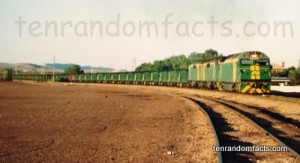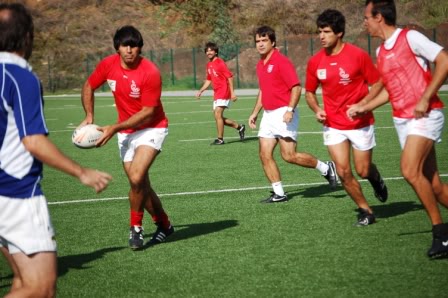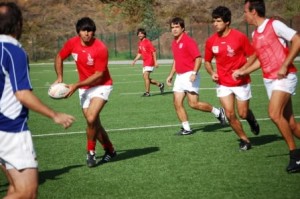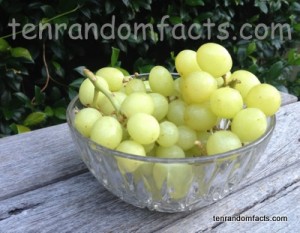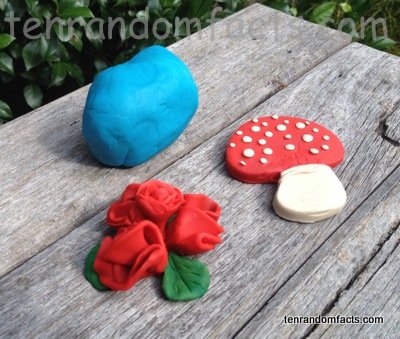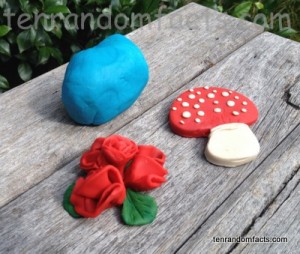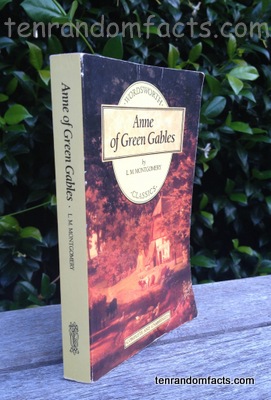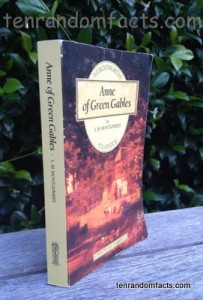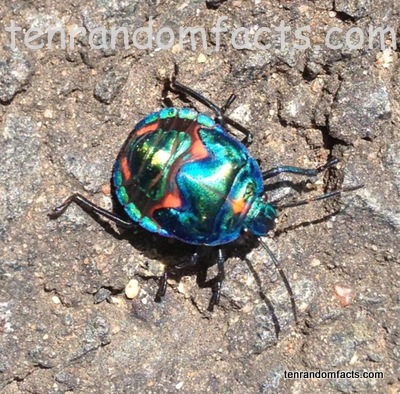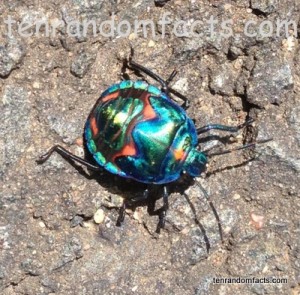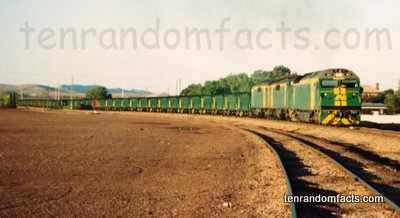
They go on forever!
- Freight trains are also known as goods trains and cargo trains.
- Freight trains are locomotives that pull special freight cars.
- Freight trains can be over 7 km (4.3 miles) long.
- Freight trains are the most energy efficient type of transport for carting large and heavy quantities of goods long distances.`
- Freight trains with over 100 cars are sometimes required to use more than two locomotives.
- In 2001, the BHP Mt Goldsworthy in Western Australia, broke the record for the heaviest and longest freight train and weighed 99,732 tonnes and was over 7.3 kms (4.5 miles) long.
- It is very important to track freight trains in case of emergency, so satellites are used for this purpose where communication is scarce.
- Freight train cargo is often loaded into steel boxes for transport.
- Even though it is illegal, some people purposely board freight trains to get a free ride or to avoid normal means of transport.
- Freight trains generally pull coal, ore and grains as well as cars, food and other goods.



